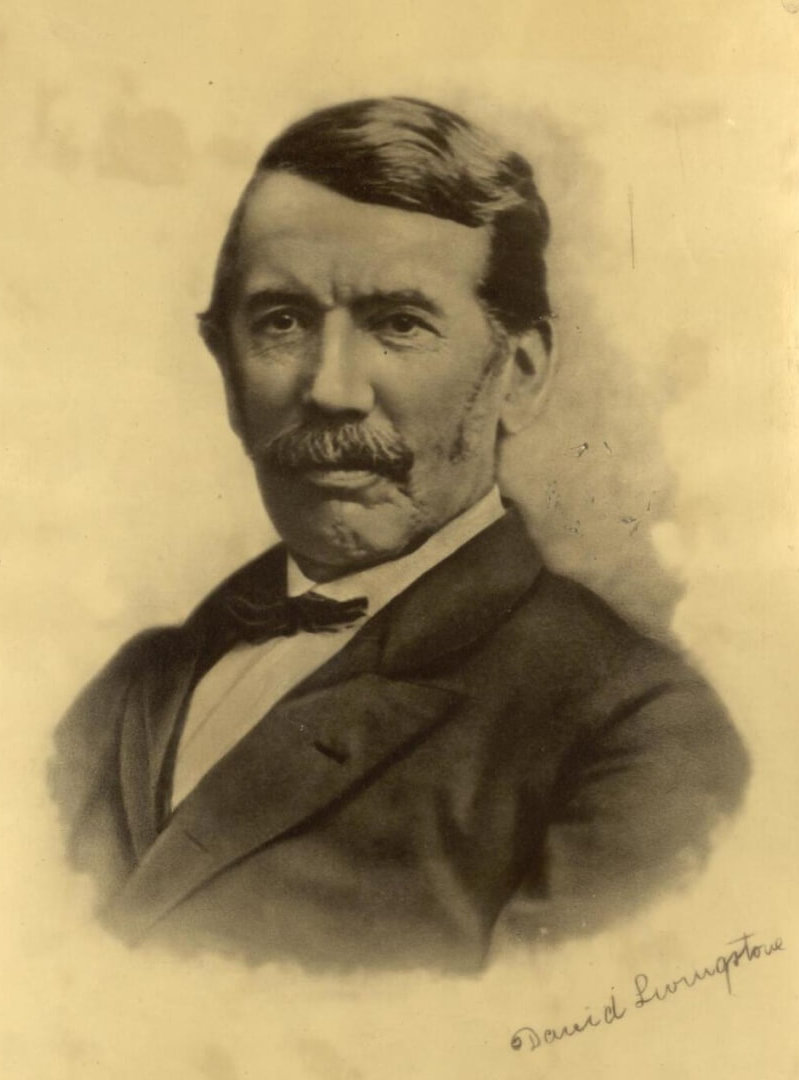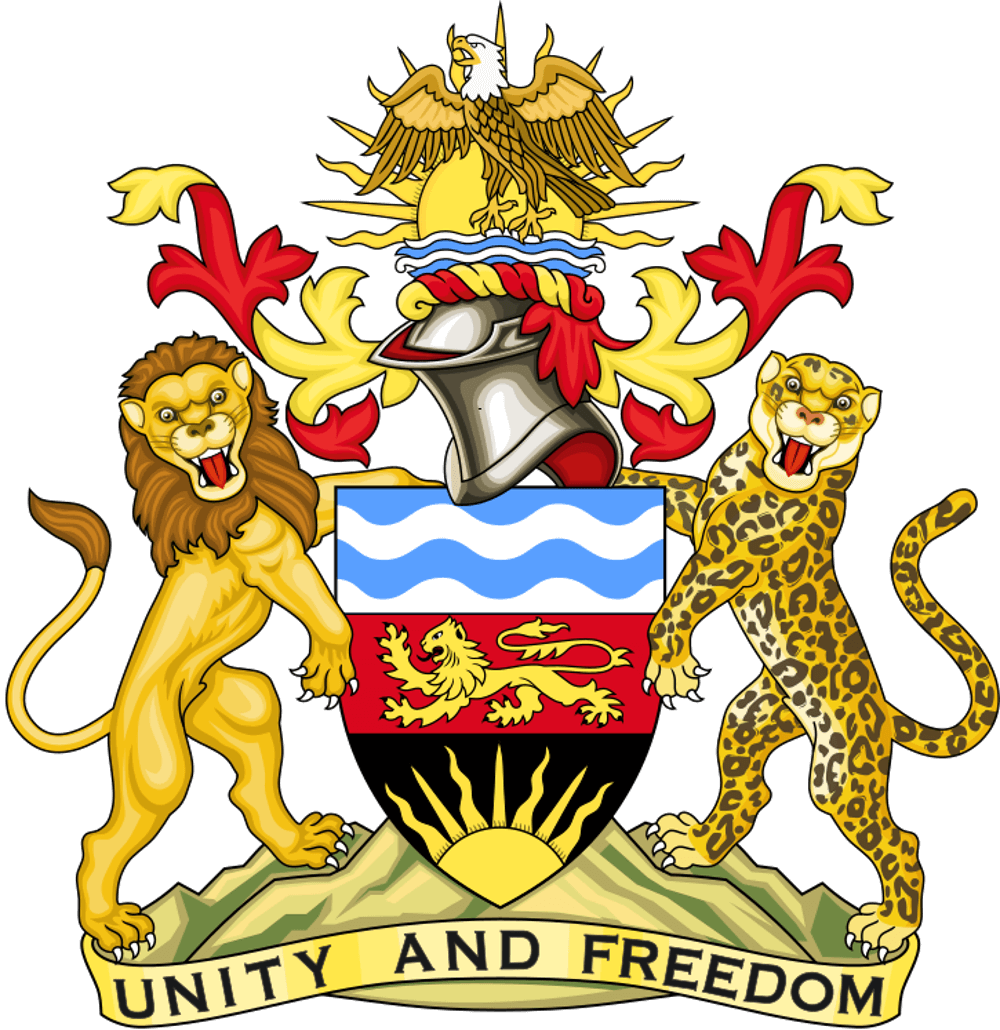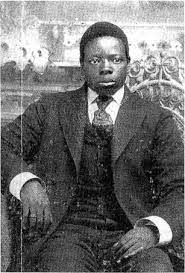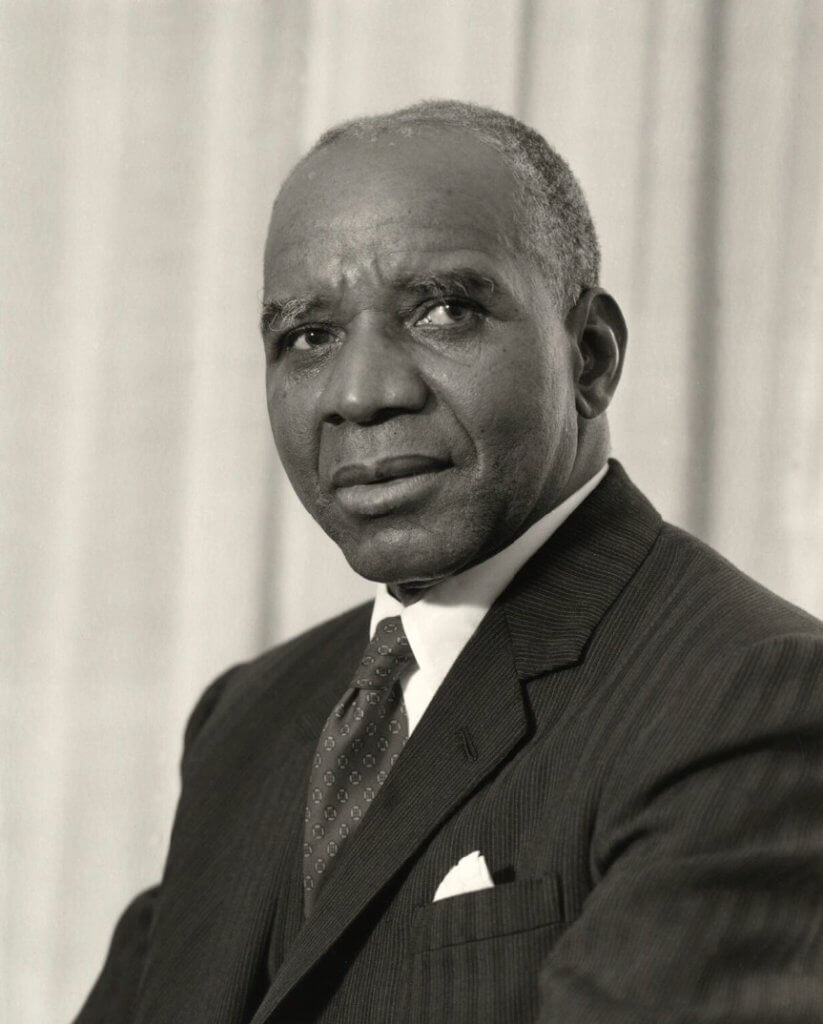Two thousand years ago there was a simple stone-age culture in Malawi. The people lived by hunting and gathering. However, by the 4th century AD, Bantu people arrived in the area and introduced iron tools and weapons. They also introduced farming.
In the 15th century, people who lived south of Lake Nyasa began to build an empire. They created an empire called the Maravi. By the 18th century, the Maravi Empire included parts of Zimbabwe and Mozambique. However, in the 18th century, the Maravi Empire broke up.
Meanwhile in the 16th century, the Portuguese reached the Maravi Empire. The people of the empire sold them slaves and ivory. The Portuguese brought maize (originally a South American crop) to this part of Africa.
In the 18th century and early 19th century a people from northern Mozambique called the Yao raided Malawi and took captives to be sold to the Arabs as slaves.
In the 1840s a fierce people called the Ngoni invaded the area. They frequently fought the Yao.
In 1859 David Livingstone the Scottish explorer and missionary reached Lake Nyasa. Following him in 1873 two Scottish Presbyterian missionary societies-built missions in the area. More missionaries followed and British merchants began to sell goods in the region. In 1883 Britain sent a consul to the area.
Gradually the British took control of Malawi. In 1889 they formed the Shire Highlands Protectorate and in 1891 most of Malawi was formed into the British Central African Protectorate. The first commissioner was Harry Johnston. The British ended the slave trade and created coffee plantations. In 1897 Johnston was replaced by Alfred Sharpe.



